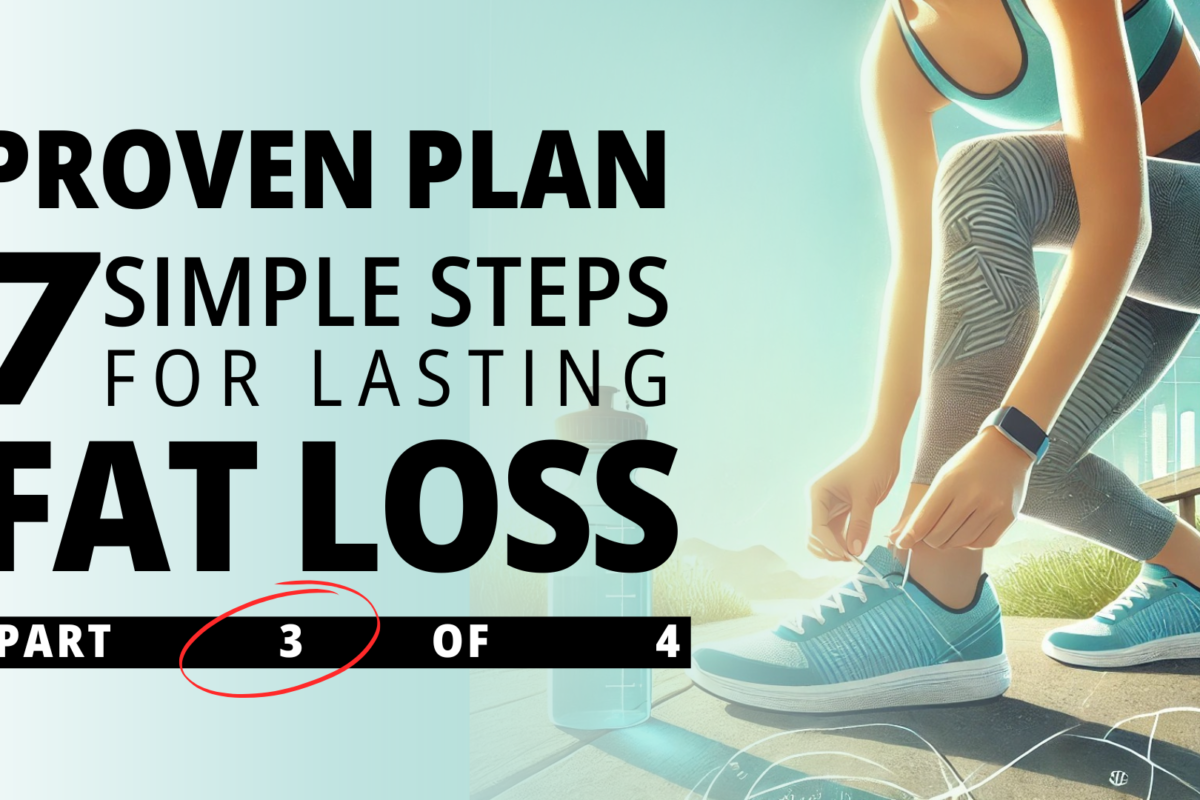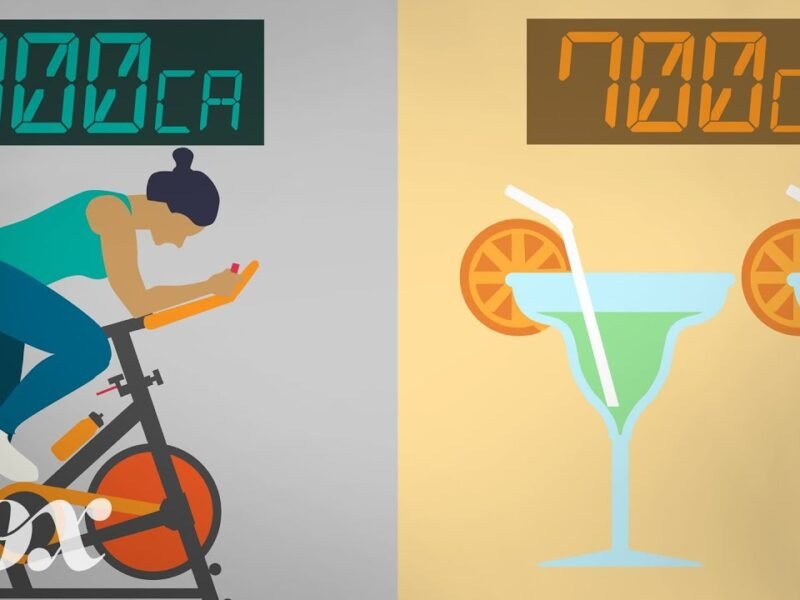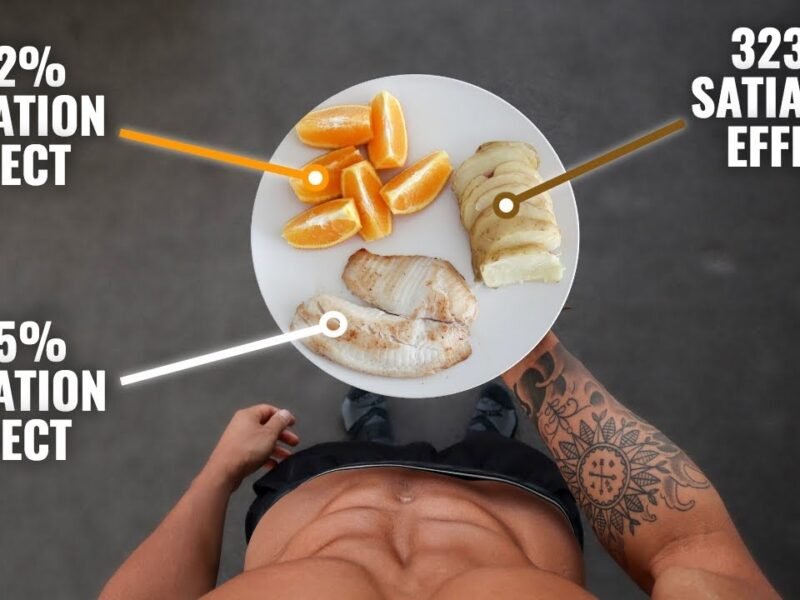The Best Way to Lose Fat | The Science of the Fat Burning Zone
The Science Behind Fat Burning: Myths, Zones, and Effective Strategies
When it comes to burning fat, there’s a lot of confusion and misinformation. From “fat-burning zones” to targeting specific areas for fat loss, this article explores the science behind these claims and provides effective strategies for achieving your fat-burning goals.
Understanding Fat: What Is It and Where Is It Stored?
Fat, or adipose tissue, is stored in various places throughout the body:
- Subcutaneous fat: Stored under the skin in the hypodermis layer, this is the fat most associated with visible weight gain.
- Visceral fat: Stored around organs, this type of fat poses higher health risks.
- Intramuscular fat: Stored within muscles, often used as an energy source during exercise.
The key to reducing fat lies in overall caloric expenditure, not targeting specific areas.
Debunking the Fat-Burning Zone Myth
What Is the Fat-Burning Zone?
The “fat-burning zone” is an exercise intensity level where a higher percentage of calories burned comes from fat compared to carbohydrates. It’s often associated with moderate-intensity activities like brisk walking or light jogging.
Does It Work?
While exercising in the fat-burning zone burns a higher proportion of fat, the total number of calories burned is more critical for fat loss. Higher-intensity workouts burn more total calories, even if a smaller percentage comes from fat.
Example: Comparing Exercise Intensities
– **Low intensity (rest):** 78% fat burned, 22% carbs, total calories = 1.4 – **Moderate intensity:** 40% fat burned, 60% carbs, total calories = 11.5 – **High intensity:** 27% fat burned, 73% carbs, total calories = 14.2
The takeaway: Total calories burned is more important than the fat-to-carb ratio.
High-Intensity vs. Low-Intensity Workouts
High-Intensity Workouts
– Burn more calories in less time. – Increase post-exercise calorie burn (excess post-exercise oxygen consumption, or EPOC). – Improve cardiovascular fitness and muscular endurance.
Low-Intensity Workouts
– Easier to maintain for longer periods, making them sustainable for beginners. – Build a strong aerobic base and improve fat metabolism. – Reduce the risk of overtraining.
The Ideal Strategy
Incorporate both high- and low-intensity exercises into your routine to maximize calorie burn, improve endurance, and build strength.
Can You Target Fat Loss in Specific Areas?
Unfortunately, the idea of “spot reduction” is a myth. The body decides where to pull fat from based on genetics and hormonal factors. Exercises like crunches can strengthen underlying muscles but won’t specifically target fat in the abdominal area.
Key Factors for Effective Fat Burning
1. Focus on Total Caloric Expenditure
The total number of calories burned during and after exercise is the most important factor for fat loss.
2. Build Muscle
Muscle burns more calories at rest than fat. Incorporating strength training can increase your resting metabolic rate.
3. Consistency is Key
Find activities you enjoy to ensure long-term adherence to your fitness routine.
4. Combine Cardio and Strength Training
– Cardio: Improves cardiovascular health and burns calories. – Strength training: Builds muscle and increases calorie burn during recovery.
5. Consider Zone 2 Training
Zone 2, a moderate-intensity exercise zone, is effective for improving fat metabolism and endurance.
The Role of Nutrition
Exercise alone won’t guarantee fat loss without a healthy diet. Focus on: – Eating nutrient-dense, whole foods. – Maintaining a calorie deficit. – Prioritizing protein intake for muscle maintenance.
Conclusion
Fat burning isn’t about finding the perfect exercise or focusing solely on the fat-burning zone. It’s about creating a consistent routine, burning more calories than you consume, and balancing cardio with strength training.
Start small, stay consistent, and focus on the long-term benefits of a healthy lifestyle. With these strategies, you’ll be on your way to achieving your fat-loss goals.

















